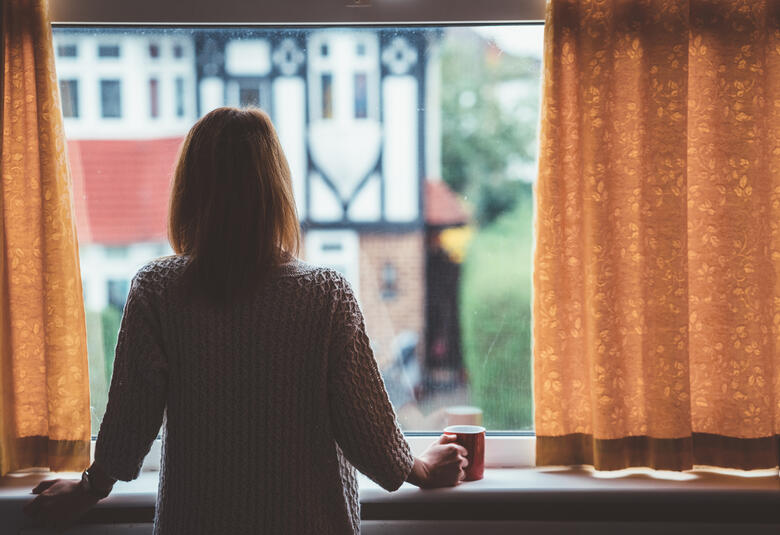Guidelines recommend that people with first-episode psychosis should where possible be maintained on antipsychotic treatment, since the outcome is so much better than placebo in randomized controlled trials. Concerns are understandable, but the balance of evidence is clear.
The majority of guidelines recommend continuous maintenance treatment with antipsychotic medications, for a suggested duration of up to two years in the case of first episode patients and five years in the case of those who have had a relapse. To increase adherence and minimize the side effect burden, the agent chosen should be the one best suited to the individual patient; and the lowest effective dose should be used.
Such recommendations regarding maintenance therapy are founded on a solid evidence base, Hans-Jürgen Möller (Ludwig-Maximilian University, Munich, Germany) told the symposium on challenges in psychopharmacology.
Among first episode psychosis patients in the Munich series who were followed for 15 years, only 3% avoided relapse
What do the data show?
- Long-term studies show that that only a small minority of people with remitted first episode psychosis – figures range from 3% to 22% -- avoid relapse if they do not receive maintenance treatment. Among patients in the Munich series, only 3% of those followed for fifteen years had escaped relapse.
- Each relapse brings with it the risk of further deterioration, particularly in psychosocial functioning.
- Randomized controlled trials (RCTs) are consistent in showing that the long-term use of an antipsychotic substantially reduces relapse risk. In the meta-analysis undertaken by Stefan Leucht and colleagues, which included more than six thousand subjects from 65 RCTs, the one year relapse rate with placebo was 64% while that with active treatment was 27%. The rates of re-hospitalization were 26% with placebo and 10% with antipsychotic maintenance. The figure for number-needed-to-treat (NNT) to make a difference between maintenance and placebo – at three – is remarkably low, Professor Möller commented. In fact, it is probably the lowest NNT in psychiatry.
- Alternative strategies, including low-dose treatment or the intermittent use of antipsychotics, have not been as effective in preventing relapse. Thus the German Research Network’s RCT of maintenance therapy vs intermittent drug treatment (with prodrome-based early intervention) found a relapse rate of 19% with intermittent therapy while – among patients on maintenance antipsychotics – there were no relapses. Rates of deterioration in the two arms were 57% and 4% respectively.
Comparing maintenance use of antipsychotic medication vs placebo, the NNT to achieve benefit is 3 – indicating a remarkably effective intervention
Balance of evidence favors continued therapy
As further evidence for what he admitted was a personal view – that continuous maintenance treatment should remain the first option -- Professor Möller cited the RCT of Lex Wunderink and colleagues in which 131 remitted first episode psychosis patients were randomized to guided discontinuation or maintenance antipsychotics for two years. Compared with maintenance therapy, there were twice as many relapses in the discontinuation arm (43% vs 21%). Among patients randomized to discontinuation, this was successfully achieved in only 20%; and recurrent symptoms caused antipsychotics to be re-started in 30%.
We have no way of distinguishing between patients who need continuous therapy and those who do not
However, Hans-Jürgen Möller accepted that many patients did not benefit from maintenance since some who stayed on therapy relapsed anyway, while a few who discontinued remained relapse-free. The problem, in his view, is that we have no way of distinguishing in advance between patients who need continuous therapy and those who do not. That said, he acknowledged that alternatives to maintenance might be appropriate for individual patients, and that decision making had to be shared.
He also agreed that recent naturalistic studies, although difficult to interpret, had hinted at more positive outcomes among patients who did not have continuous therapy. And he accepted that interest in avoiding long-term antipsychotics had been reinforced by concerns such treatment is associated with reduction in brain volume.
Exposure to antipsychotics in people with bipolar disorder does not affect brain volume
The shrinking brain: part of the natural history of schizophrenia?
This was a concern addressed in an earlier presentation by René Kahn (Icahn School of Medicine at Mt Sinai, New York, USA).
Brain volume has been found to be smaller in people with schizophrenia than in those without the condition; and this difference is evident before the age of fifteen and before the onset of symptoms in people who will go on to develop the disease.
Brain loss is progressive and is more substantial in patients with poorer outcome, more hospitalizations, greater cognitive decline and longer duration of psychosis. But – despite evidence from animal studies of exposure to antipsychotics – Professor Kahn was not convinced that it relates to cumulative exposure to pharmacological treatment. Disease severity is too great a confounding variable.
And he cited an intriguing new piece of evidence. Some patients with bipolar disorder take antipsychotics while others do not; and, in a study of 182 patients, the two groups show no difference in grey or white matter volume or ventricular size.




